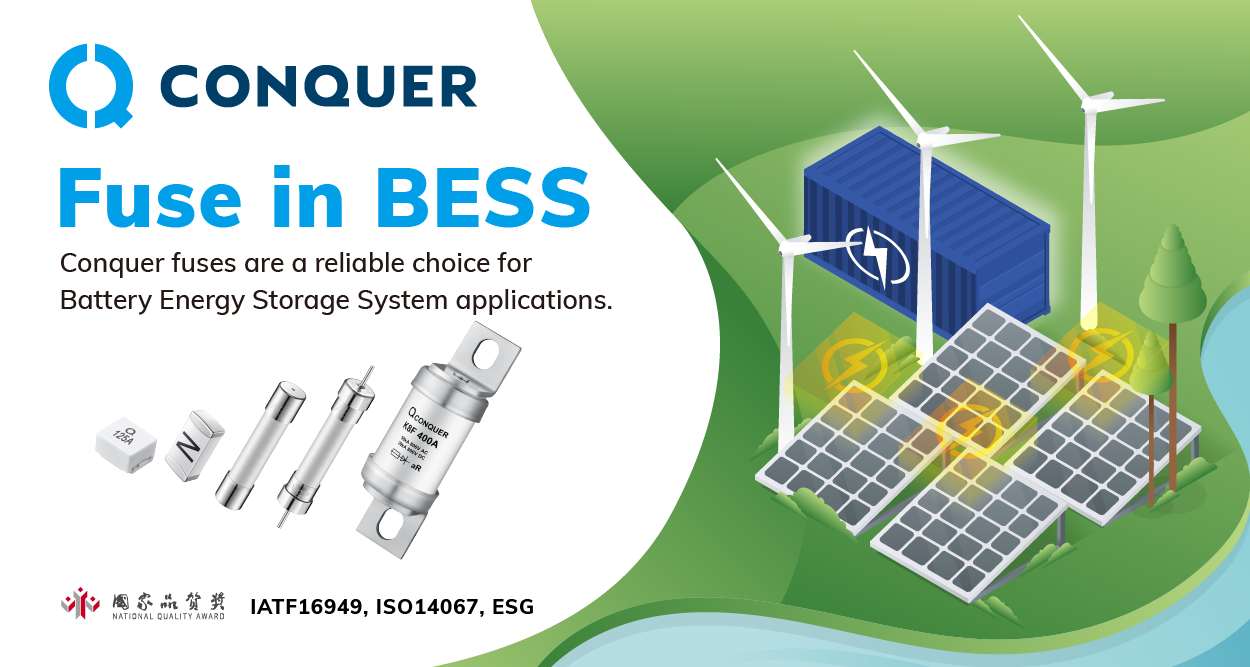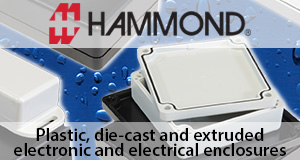Design Tips: Fasteners for printed circuit boards

When specifying hardware for printed circuit board applications, many designers may still turn either to loOse fasteners or broaching fasteners. While both provide the necessary functionality, each carries potential risks that may impact the production process, the integrity of boards, and even disassembly, if required.
Loose hardware typically specified for boards includes spacers (plastic or metal columns to offset two boards), nuts, and screws, which will usually require secondary installation-related operations performed manually. These secondary operations can consume considerable time, due to the painstaking work necessary to align all parts, often on both sides of a board. Then, with installation completed, another step must be taken to safeguard that no loose parts have gone missing in the assembly, since the errant parts could rattle or — even worse — cause shorts and/or end-product failures. Disassembly can also be an issue, since the loose hardware needs to be contained.
Broaching fasteners, such as spacers and nuts, remove the issues associated with handling loose hardware, but improper installation can place boards in jeopardy. These types are designed to broach — installing permanently — by pressing the fastener’s knurled section into a slightly smaller mounting hole in the board, which forces the knurls to cut into the board. Installation usually will be performed after boards have been populated with electronic components.
Unfortunately, if the broaching fastener installation process is performed improperly on a populated board, the board can be subjected to significant stress and likely ruined. Micro cracks may form to sever traces in any of the board’s multiple layers, and boards ultimately may have to be scrapped, along with the pre-existing and pricey onboard components. Board damage can further develop if a broaching fastener is misaligned while being pressed into the mounting hole during installation. This can cause large-scale cracking or breaking of the board.
Now hardware options have taken a turn for the better with surface-mount fastening technology.
Surface-mount fastening technology removes all the risks and delivers production and quality rewards. The hardware — supplied on tape and reel consistent with SMT automated installation equipment — is positioned where designed while the board is being processed and then permanently installed with pick-and-place robotics in the same manner and at the same time as other surface-mount components prior to the automated reflow solder process. The fasteners simply become another non-intrusive board component. And since the parts are packaged on a tape and reel (neither loose nor dumped into bowls), any chance of mixing the parts with other hardware disappears.
Fasteners and functions
An increasing number of fastener applications for printed circuit boards has fueled the design and functionality of many types and styles of surface-mount fasteners. Depending on type, surface-mount fasteners can be specified to mount, stack, or space boards; attach components to boards; or create right-angle attachment points on boards. Some integrate captive screws — eliminating loose screws and all the related hassles — ideally suiting applications where removal and reinstallation of boards is anticipated.
Surface-mount fasteners are generally finished with tin plating that includes a stress relief anneal. Both tin chemistry and stress relief annealing are recognized tin whisker-mitigation strategies.

Here are profiles of surface-mount fastener families:
- Surface-mount spacers, nuts, and standoffs.These threaded or unthreaded types offer the capabilities to stack, space, and/or attach and can be installed in boards as thin as .020 in./0.5 mm. Reels carry up to 3,500 parts, depending on fastener size. A polyimide patch is supplied to allow for reliable vacuum pickup. Fasteners are available either in brass or steel.
- Surface-mount captive panel screw assemblies.These fastener assemblies in several styles can be installed in boards as thin as .063 in./1.6 mm and permit easy removal and reinstallation of boards. They can be provided as a two-piece assembly with a plastic cap or as a spring-loaded, all-metal fastener that is installed preassembled in one piece. The screws can be finger or tool actuated after installation.
- Surface-mount right-angle fasteners.These offer an efficient and reliable method to create permanent right-angle attachment points on printed circuit boards as thin as .040 in./1 mm. They provide reusable threads parallel to a board to accommodate a component for mounting 90 deg to the board. They can serve as viable alternatives to conventional angle brackets or threaded right-angle blocks for attaching board to chassis, chassis to board, or component to board.
The shape of right-angle types readily allows the part to be picked up by a pick-and-place machine without requiring a patch. The fastener is presented in the tape and reel with two small pins downward and the flat portion of the fastener’s head exposed to the pneumatic finger. The two pins at the bottom act as two very small pilots, providing both stability and locational accuracy during placement. In addition, a “step” along the bottom allows the solder fillet to be formed along this edge, even while the face of the fastener is flush against an edge of the board. The fastener’s rectangular hole reduces the mass and promotes quicker heating to minimize heat draw away from surrounding components on the board.
Documented success
Written below is the real-world application story exemplifies the improved productivity, performance, and cost benefits flowing from surface-mount fastening technology.
A customer was using a printed circuit board to mount a daughter board in a line card for optical fiber telecom equipment. (Line cards are modular electronic circuits designed to fit on a separate printed circuit board and interface with a telecommunications access network.) In all, approximately 75 percent of all boards manufactured by this customer served to host daughter boards, meaning that stakes were high for efficiency, reliability, and profitability. The amount of loose hardware represented an over-arching challenge.
Mounting had been accomplished with four standard hexagonal pillars and eight sets of screws and washers to secure both boards. The customer sought a solution to reduce the amount of loose hardware — and associated risks — and place the operation on a less costly path. Four surface-mount spacers were specified to replace the pillars, screws, and washers. Savings accrued in turn. The customer realized a 50 percent reduction in parts count and a cost reduction exceeding 50 percent related to production and the absence of manual labor.
The advances in surface-mount fastening technology have made available a highly practical and viable means to fasten to a printed circuit board employing the infrastructure currently available. By surface-mounting a fastener to a board, significant cost savings can be achieved without compromising the performance of a design. Fasteners fed on a tape and reel, assembled with pick-and-place equipment and reflowed alongside other electronic components, ultimately offer the potential to save handling costs and reduce quality failures associated with manufacturing.














